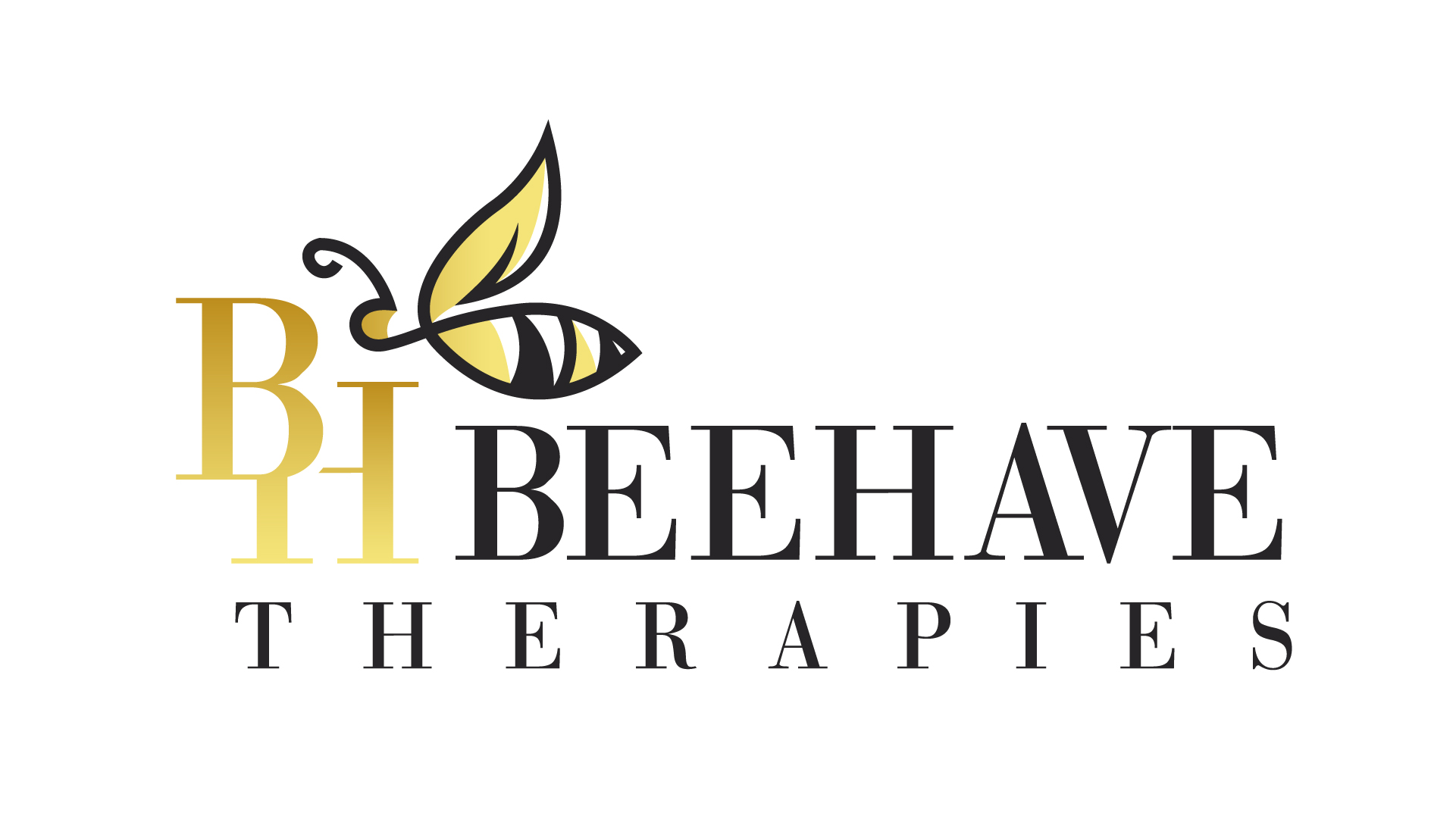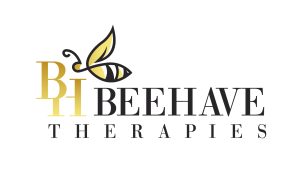What is Applied Behavior Analysis?
Applied Behavior Analysis (ABA) is a evidence-based approach to understanding behavior and learning and is a therapy that focuses on improving specific behaviors that are involved in daily life activities. The goal of ABA therapy at Beehave Therapies is to help individuals and families live a full potential life through Applied Behavior Analysis (ABA).

ABA therapy can help:
- Language and communication skills
- Activities of daily living
- Decrease unwanted behaviors
- Increase wanted behaviors

How does ABA therapy work?
Applied Behavior Analysis involves many interventions for understanding and changing behavior. ABA is a flexible therapy that:
- Is created to meet the needs of each unique person.
- Is provided in many different environment – at home, at school, and in the community.
- Teaches skills that are useful in everyday life.
- Can involve one-to-one teaching or group instruction such as social skills.
We focus on: Positive Reinforcement
Positive reinforcement is the main strategy used at Beehave Therapies.
When a behavior is followed by something that is valued (a reward), a person is more likely to repeat that behavior.
Positive rewards encourage the person to continue using the skill. Over time this leads to meaningful behavior change.
What Does an ABA Program Involve?

Planning and Ongoing Assessment
- Communication and language
- Motor skills
- Self-care (such as showering and toileting)
- Play and leisure
- Social skills
- Learning and academic skills & more
The behavior technician teaches each goal, from simple (example: putting on a shoe) to more complex (example: tying shoes).
The Behavior Analyst (BCBA) and behavior technicians measure progress through collecting data in each therapy session. Data helps the team monitor a person’s progress toward their goals on an ongoing basis.
The BCBA regularly meets with family members and team members to review information about progress. They can then plan and adjust teaching plans and goals as needed.
ABA Techniques and Philosophy
Who provides ABA services?
A board-certified behavior analyst (BCBA) provides ABA therapy services.
ABA therapy programs also involve Behavior technicians, or Registered Behavior Technicians (RBTs). These individuals are trained and supervised by the BCBA. They work directly with children and adults to practice skills and work toward the individual goals written by the BCBA.
To learn more, see the Behavior Analyst Certification Board website.
What is the evidence that ABA works?
Is ABA covered by insurance?
Sometimes. Many types of private health insurance are required to cover ABA services.
Effective July 2018, children and young adults (ages 0-21) in California identified with behavioral health needs and/or any developmental disabilities qualify for treatment services.

